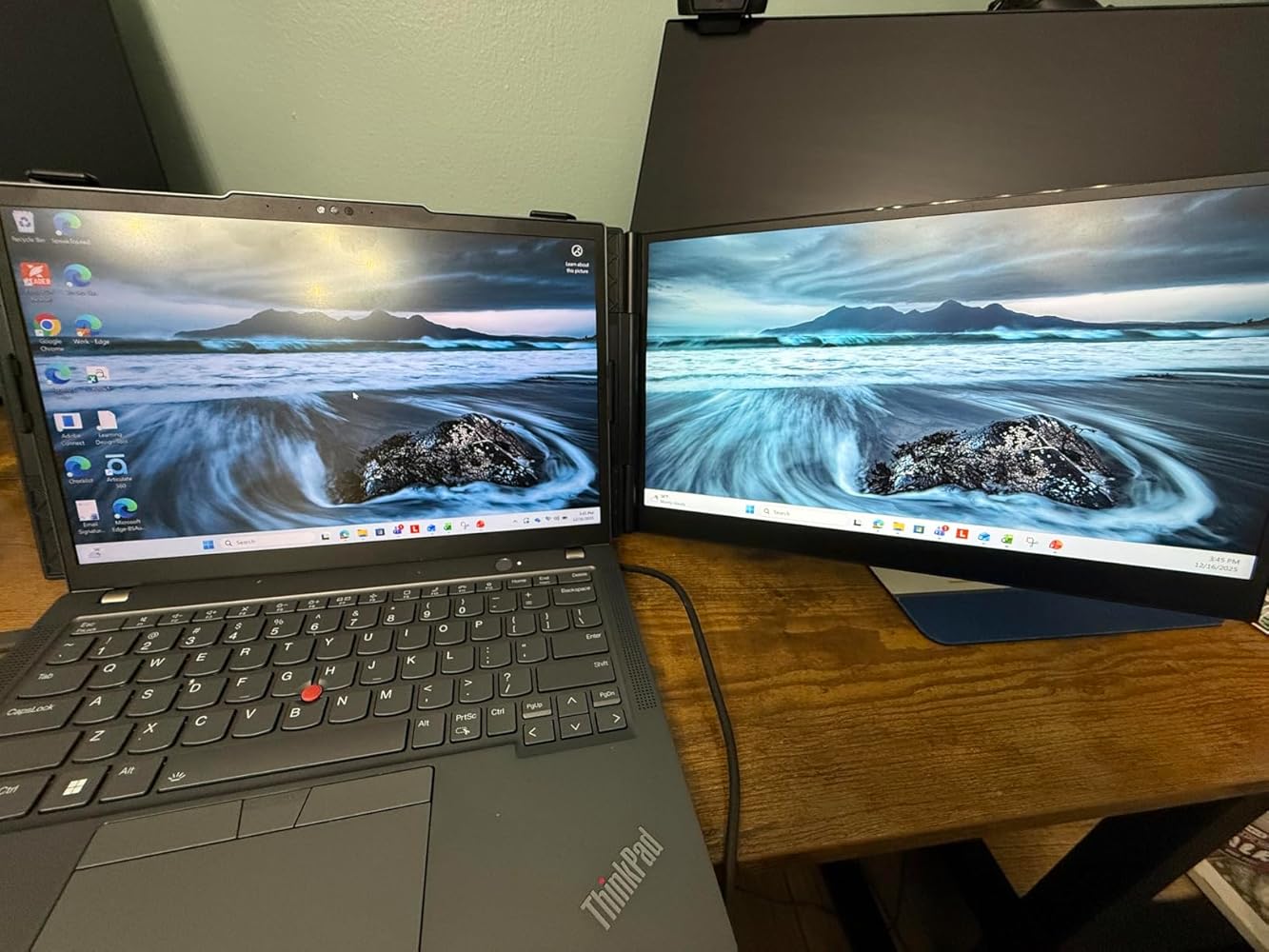Stuck Pixel vs Dead Pixel: Key Differences, Causes & Fixes (2025 Guide)
Dead and stuck pixels are small but frustrating issues that can ruin the display experience on your monitor, laptop, phone, or camera. While they may look similar at first glance, the way you handle them differs significantly. In this guide, we’ll break down the differences between stuck and dead pixels, show you how to identify them, explore their causes, and walk you through the best fixes for each situation.![]()
Part 1: What Is the Difference Between a Stuck Pixel and a Dead Pixel?
Though both appear as pixel defects on a screen, stuck and dead pixels are fundamentally different in behavior and cause:
|
Feature |
Stuck Pixel |
Dead Pixel |
|
Appearance |
Bright color (red, green, blue, white) |
Always black |
|
Behavior |
May flicker or change in some colors |
Remains black in all content |
|
Fixability |
Often fixable |
Rarely fixable |
|
Cause |
Sub-pixel remains on |
No electrical signal to the pixel |
|
Device Types |
Common in LCD, OLED |
Found in all types of displays |
Pro Tip: If your pixel appears colored (white, red, green, or blue), it’s likely a stuck pixel. If it’s always black regardless of screen content, it’s a dead pixel.
Part 2: How to Identify Stuck and Dead Pixels
Method 1: Use Online Pixel Test Tools
- Websites like DeadPixelBuddy, JScreenFix, or LCDTech can display solid background colors to help reveal pixel anomalies.
- View in full screen mode and switch between white, black, red, green, and blue backgrounds.
Method 2: Use Mobile Apps
- Apps like "Dead Pixel Detect and Fix" or "Pixel Repair" are useful for identifying stuck/dead pixels on phones and tablets.
Method 3: Visual Check with a Magnifier
- In darker rooms, use a magnifying glass or macro camera mode to inspect problematic pixels.
- Stuck pixels glow; dead pixels remain black.
Common Confusion: White or bright dots are stuck pixels. Black dots are likely dead pixels. Sometimes, heat or electrical issues can make stuck pixels appear intermittently.
Part 3: Common Causes of Pixel Defects
Understanding the root of the issue helps in determining whether it’s fixable or not:
Main Causes:
- Manufacturing Defects: Small errors in assembly can leave pixels nonfunctional.
- Physical Damage: Drops or pressure on screens can crush transistors.
- Heat Exposure: Excess heat may damage the pixel's ability to respond.
- Static Images: Prolonged display of static visuals may cause pixels to become stuck.
Note: OLEDs and LCDs alike can suffer from stuck or dead pixels, though OLEDs are more prone to stuck bright subpixels.
Part 4: How to Fix Stuck or Dead Pixels
Depending on whether you’re dealing with a stuck or dead pixel, here are several solutions to try:
Option 1: Let the Screen Rest (Best for Stuck Pixels)
- Power off the device for 24 hours.
- Some stuck pixels may reset naturally after rest, especially on mobile devices.
Option 2: Use Pixel-Fixing Software
- Tools like JScreenFix or PixelHealer cycle colors rapidly to stimulate pixels.
- Let them run for 10–30 minutes over the affected area.
Option 3: Gentle Pressure Method (Use With Caution)
- Turn off your screen.
- Place a microfiber cloth over the area and apply light pressure with your finger.
- Power the screen back on while maintaining pressure, then remove after a few seconds.
Option 4: Tap or Massage the Pixel
- Use a stylus or fingertip to tap lightly over the pixel.
- Helps realign subpixels that are stuck but not permanently dead.
Option 5: Sensor Remapping (Cameras Only)
- Some camera manufacturers allow firmware remapping of faulty pixels.
- Contact your brand’s support (e.g., Canon, Nikon, Sony).
Warning: These methods work best for stuck pixels. Dead pixels rarely respond and may require screen replacement.
Part 5: What to Do If You Can’t Fix the Defective Pixels
If nothing works:
For Monitors, Laptops, and Phones:
- Check the warranty. Brands like Dell, HP, and Apple may replace panels with multiple dead pixels.
- Use external displays if internal screens are problematic (especially on laptops).
For Cameras:
- Ask for sensor replacement or remapping via official service centers.
Considerations:
- Most manufacturers tolerate a certain number of pixel defects.
- Read their Pixel Policy before pursuing a replacement.
Example: Dell’s premium monitors often offer zero bright pixel guarantees.
Part 6: Frequently Asked Questions (FAQs)
Q1: Can stuck pixels fix themselves?
A: Sometimes. With use or rest, they may return to normal.
Q2: Can dead pixels spread?
A: No. But if multiple pixels die in short time, it could indicate deeper hardware issues.
Q3: Do factory resets fix pixel issues?
A: No. Pixels are hardware-based, not software bugs.
Q4: Are white pixels dead or stuck?
A: Stuck. Dead pixels are always black.
Q5: Are dead pixels a defect?
A: Yes, though many brands only replace screens after a minimum threshold of dead pixels.
Q6: Do OLED screens get dead pixels?
A: Yes. OLED screens can have both dead and stuck pixels, though pixel failure patterns differ from LCDs.
Remember: Early detection and gentle methods are the best way to manage stuck pixels. If you're unsure, always seek professional help before applying pressure or heat.

